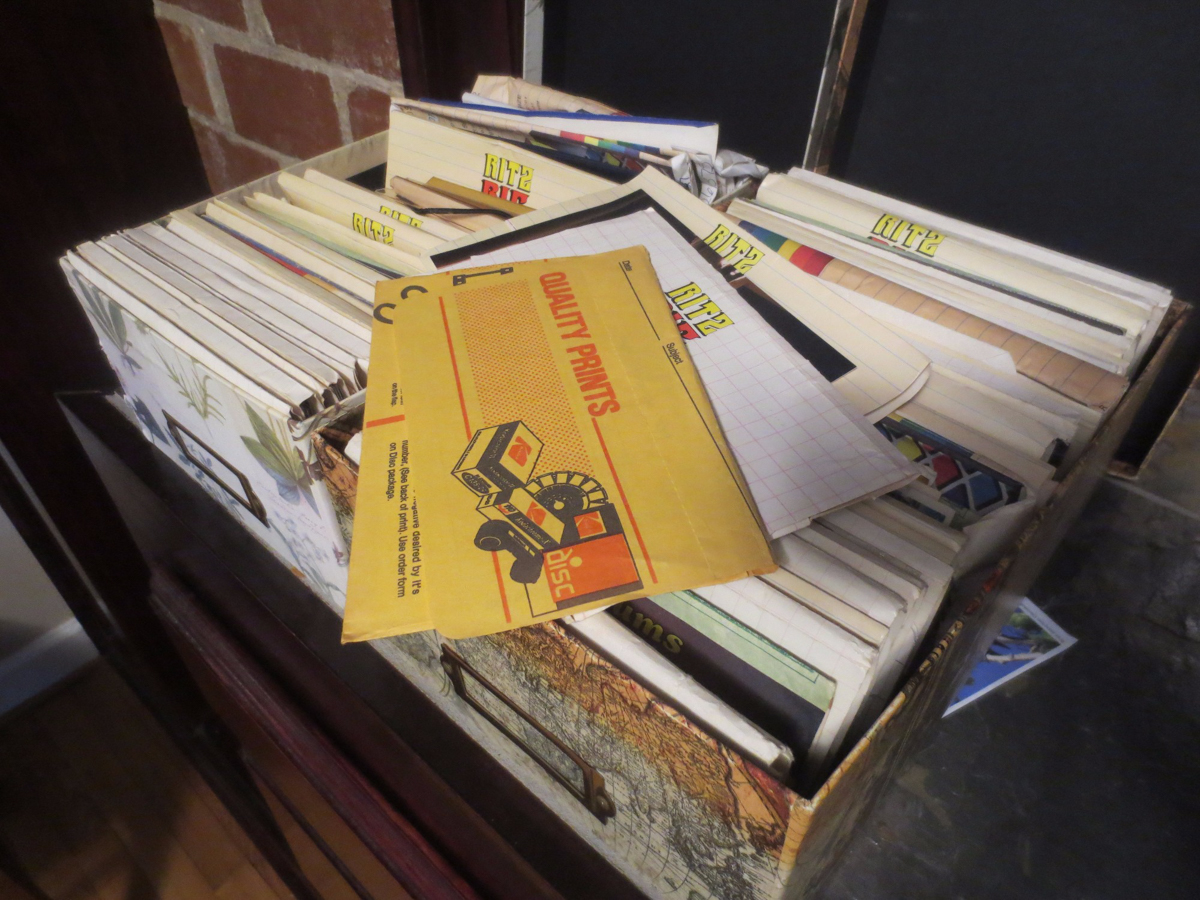The holidays are upon us! Cozy gatherings with family and friends often lead to reminiscing about past gatherings, retelling funny family stories, and maybe even paging through photo albums. That works best, of course, if your family photos are actually in albums and not stacked in shoeboxes like mine are.
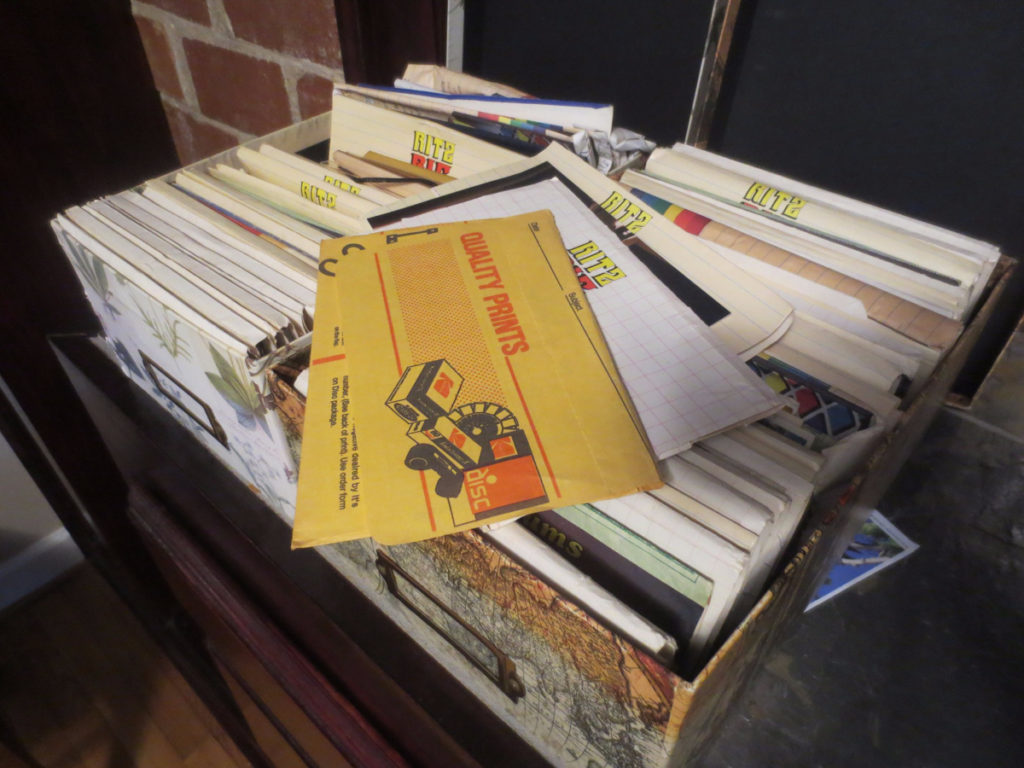
Because I am a museum collections manager, my family has decided that I should also be the family history collections manager! I’ve been slowly organizing our photos, documents, and special keepsakes and trying to apply my professional collections training to a home setting. And so I thought it would be a great time to share some tips and tricks so that you too can start to tackle elements of your own family history!
First up: photographs. There are many different kinds of photographs. Maybe you are lucky enough to have some glass slides or tin-type portraits of your ancestors. I can almost guarantee that you have a phone or computer hard drive full of digital photos. For the purposes of this post, though, I’m going to focus on what’s piled up in shoeboxes in most of our homes: photographic prints on paper. Here are some tips to storing and caring for these photos so you can actually enjoy them with your family…maybe next Thanksgiving!
Ditch the shoeboxes and the self-adhesive albums
Cardboard boxes and shoeboxes contain acids that will eventually harm your photograph collections. Old photo albums may also contain acidic paper that will brown and crumble over time. And remember those old “magnetic” self-adhesive albums where you place your pictures on a sticky page and then cover them with an attached plastic sheet? The sticky stuff will actually damage photographs as they years pass by.
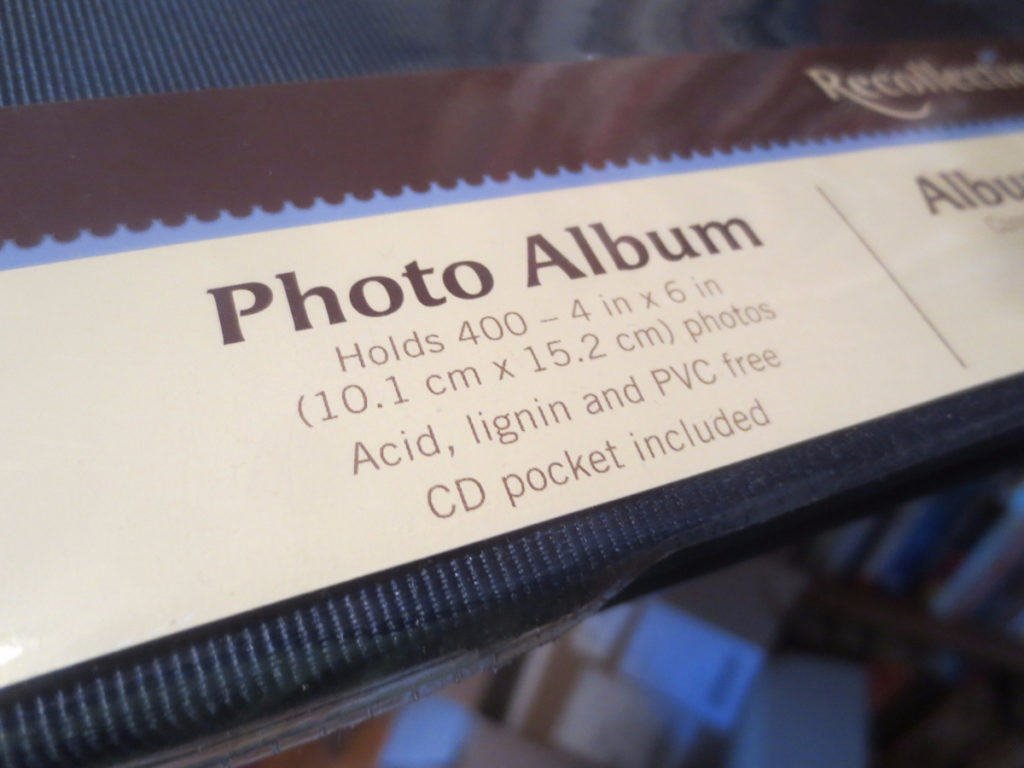
Look for boxes and albums that are acid-free, lignin-free, PVC-free, and have passed the PAT (Photographic Activity Test). The scrapbooking craze of a few years ago was great for home archivists – it means there are a ton of great photo album and photo box options available at craft stores, big box stores, and online. Add some to your holiday wish list!
Avoid sticky situations
Have you ever come across an old piece of tape or the remnants of an old rubber band when going through old files? Blech. Avoid using adhesive labels, tape, post-its, rubber bands, or glue on your photos, especially for long-term storage. Adhesives will inevitably fail and rubber bands will dry up and get gummy. The sticky residue from all of these things will damage your photos. Look for albums with sleeves or use photo corners to put pictures in albums.
Pictures of people like to live in the same places that actual people like to live
Most of us have storage space in our basements or attics, but basements are usually too damp and attics too hot for photograph storage. Chemical deterioration doubles with each 10 degree increase in temperature, and damp conditions can lead to mold and insect infestation. Extreme temperature and humidity fluctuations cause structural damage – think of a wooden door swelling and shrinking. It’s better to keep your photos in a place where YOU would feel comfortable – a bedroom chest or guest room closet, for example, rather than a basement or attic (not that you’d feel comfortable stuffed into a chest or a closet, but you get the idea).
Photographs don’t like wet feet
Water pools on the floor when there is a leak or a flood, so your photos will be safer if they are up on a shelf. Aim for at least 6 inches off the floor.
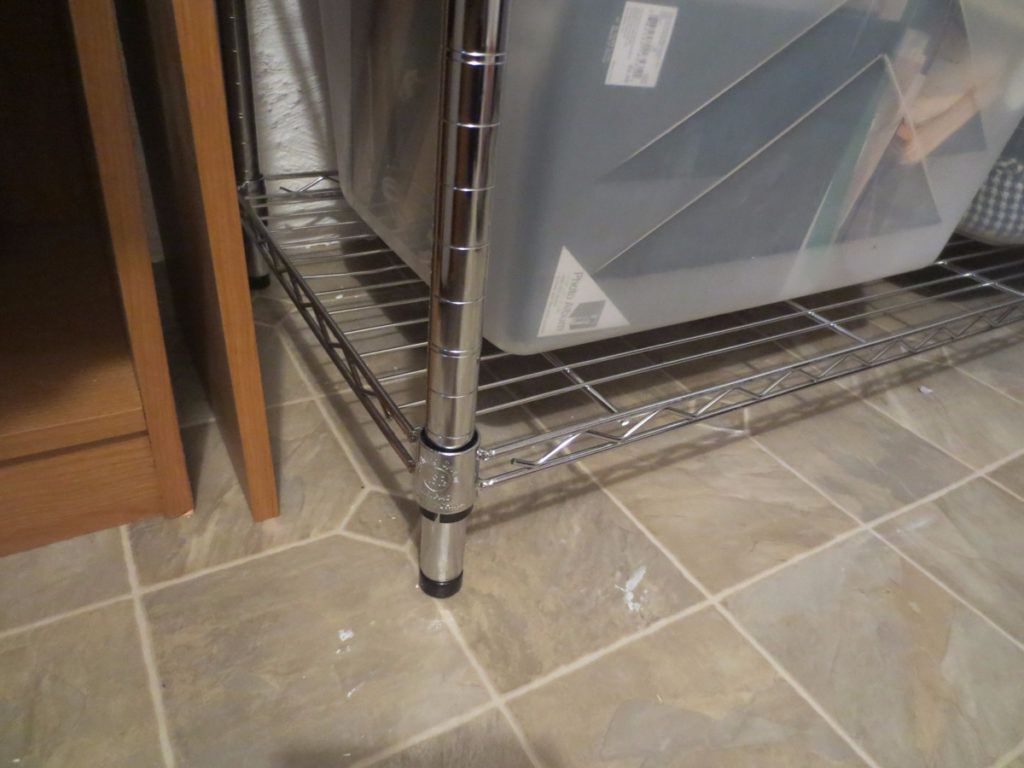
Don’t let memories fade away
Photographs, particularly color prints, will fade if exposed to light. The safest place to keep them is in albums, where they will only be exposed to light when you are looking at them. For framed photos, consider framing good-quality copies and keeping the originals in albums. At the very least, try to keep framed photographs out of sunlight and unfiltered fluorescent light. Professional frame shops offer treated acrylic that blocks the UV rays that cause fading, but keep in mind that this just slows fading. Nothing can prevent it altogether except blocking all exposure to light.
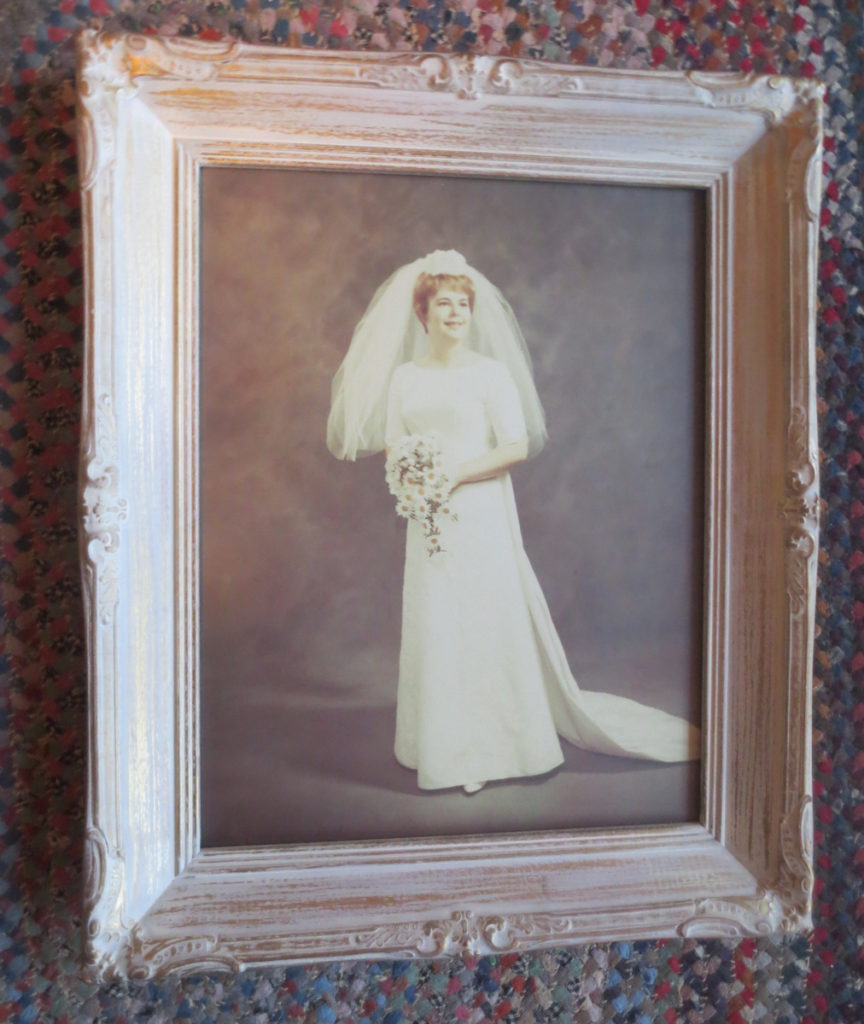
Information please!
Future generations will have no idea who’s who in an unlabeled photo! Use a soft pencil to label the backs of photos with dates, names, and places. Avoid permanent markers, which can bleed or break down and damage photos. Pigma Micron pens can work well depending on the type of paper your photograph is printed on, but in my experience the ink can sometimes smear when not allowed to fully dry.
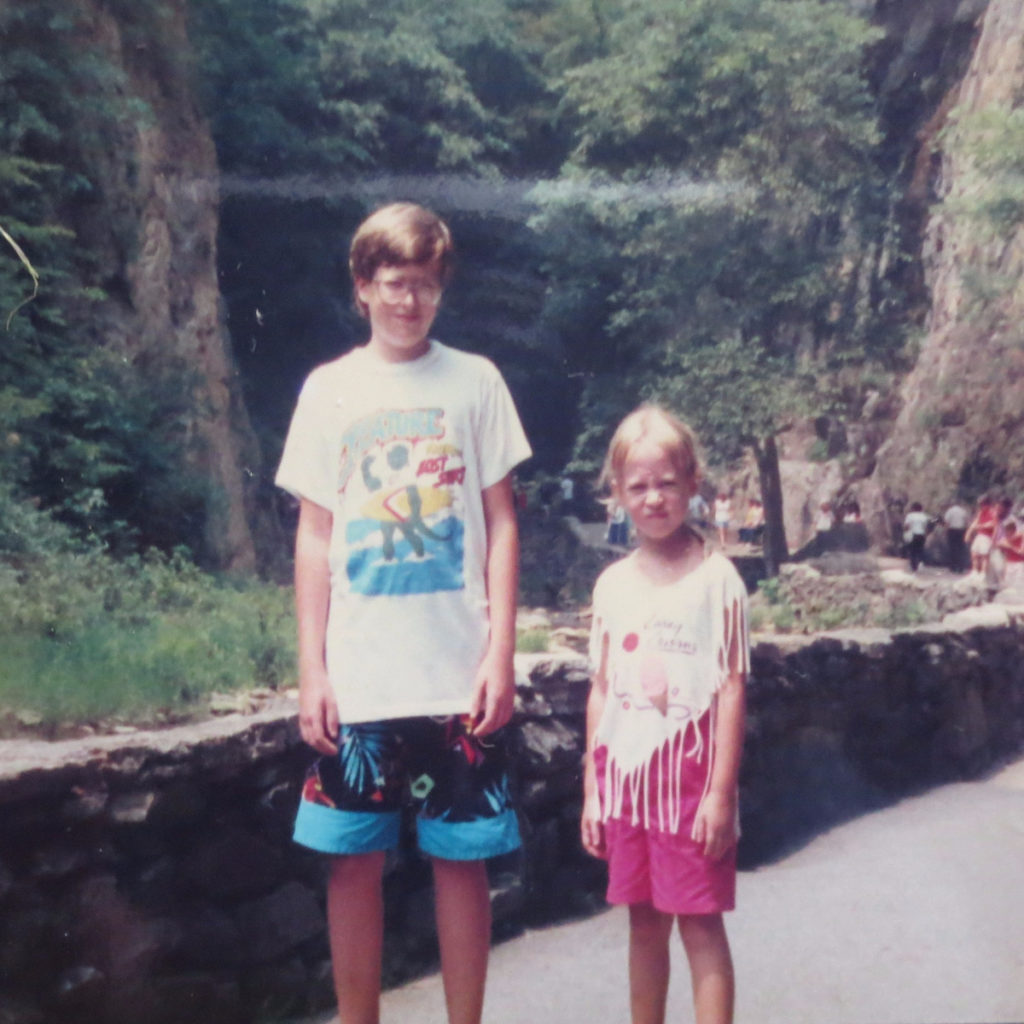
Learn more about caring for your family photographs
There are a lot of professional resources out there that will also help you in your role as the family archivist. Check out the advice from the National Archives, the Northeast Document Conservation Center, and the American Institute for the Conservation of Historic and Artistic Works.
Most importantly, enjoy the time with your family and the trips down memory lane as you start taking care of your family treasures!
Emily Robinson is the Collections Manager at the Birthplace of Country Music Museum.


